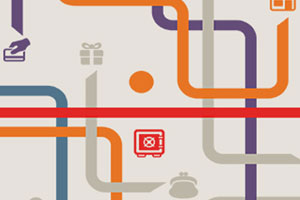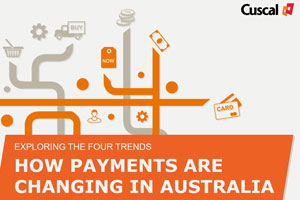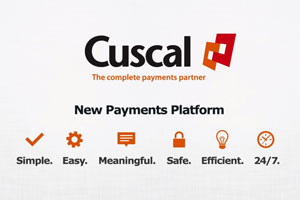
Rapid innovation has made it an exciting time in the Australian banking industry. At the centre of that excitement is the forthcoming New Payments Platform (NPP), an important initiative that promises to not only position Australia as a global leader in real-time payments, but also help the banking industry address some of its greatest challenges. In the process, it will bring numerous benefits to financial institutions and other organisations, as well as to the customers they serve.
RFi Group recently met with Cuscal’s General Manager of Product & Service, Adrian Lovney who echoed the exciting times ahead for Australian market participants and consumers alike.
Cuscal recently released a white paper on this very subject and we thought it an opportune moment to meet with Adrian and hear all about it from the horse’s mouth.
Speaking on the whitepaper and key messages Cuscal have for market participants, Adrian was quite frank.
“There are obviously a group of banks in Australia who are intimately familiar with the NPP development and organisations like ours (Cuscal), have been involved since day one. What this whitepaper explores are specific opportunities to increase the level of knowledge in the banking sector for not only what the NPP does but how it will go about changing the relationships between banks and their customers.”
Adrian explains that Cuscal’s aim with this particular whitepaper and other forthcoming material, is to close some of those information gaps.
“Obviously agency banking and agency payments is the core of Cuscal’s business, it’s what we do, connecting financial institutions to the payments infrastructure. This paper is about what the NPP is, how we see it helping financial institutions address challenges in the banking sectors.”
He mentions the shift to mobile, the shift away from cash and, particularly relevant the rapid rise of Fintech.“We really just want to help FIs focus their attention on the things they need to do now, to be ready for 2017.”
For Cuscal, some of the insights they feel will be most interesting to the financial services industry start with looking at the New Payments Platform from a customer experience perspective, looking at channels but not forgetting the back office. Adrian stresses it is particularly this thinking about CX and back office processes, in parallel. “It is about looking at the detail and real value in a single national addressing service. How this will inherently shift from BSBs and account numbers, to aliases and mobile phone numbers.”
In the paper Cuscal notes that unlike in other countries, where uptake of the NPP was initially slow, in Australia they expect it will be rapid because of the advanced features the NPP will have from day one.
A few key features Cuscal identifies as setting it apart from its international counterpart platforms include: addressing service availability from its inception and the work banks are doing to coordinate a set of simple, easy to understand messages about the services in a coordinated way. The convenience services launching on the very first day again represents the collaboration of banks working together to roll out what will be good user experiences and products.
It’s also important to note that Adrian’s (and Cuscal’s) perceptions have changed over time in regards to the expected ‘product category’ of the Australian NPP. Three years ago, he would not have hesitated in saying that they thought the NPP would be positioned as a “premium product”, but the same cannot be said for today. “At least in the retail sense, I no longer think this is the case. I see this as a product that is suitable for everyone and absolutely for the everyday banking space. Obviously organisations will make up their own minds regarding pricing, but consumers will categorically expect at a retail level that this will be available from day one, as part of their everyday banking proposition.”
The report goes on to note that, for the New Payments Platform to work quickly, the conditions ‘need to be right’. Cuscal identify, as do many, that Australians have clearly demonstrated that they are prepared to try new things, and quickly. “We love contactless, we love our mobile phones, we are quick to adopt and all of these characteristics showcase the NPP as being surely desired in our marketplace.”
Adrian continues, “Features such as line-by-line settlements mean that the product will be suitable for large value transactions from day one, which may not have been the case under a deferred net settlement model. We are fast to take up, our adoption, our willingness to try new things and a clear shift back to the bank account, shows the market is ripe for New Payments Platform implementation. The work the Australian banking sector has done around mobile banking and digital banking and the role of the mobile phone as a tool, will really mean that the platform will take off quickly. As a caveat here, I do think cards have a lot of life left in them, they are still very much the central part of the relationship, but I think there will be a pivot towards the bank account and I think there will continue to be a demise of cash.”
As far as this insatiable desire for technology and the use of new systems, Cuscal mentions a few noteworthy developments in customer behaviour and expectations, as they adopt new technologies.
“I think the bar is continually being lifted as far as what consumers expect. They don’t want clunky experiences, they don’t want solutions that take effort and time and they certainly don’t expect to read instruction manuals. They are used to ‘Spotify-like’ or ‘Uber-like’ experiences and we are also seeing that they are prepared to sign up for a free service, then, when impressed, willing to pay for added value or experience.”
And finally, what tangible economic benefits will the New Payments Platform provide – “I think it will create more opportunities to attract customers and their money, it will increase ability to cross-sell other products and I think it will bring the transaction account back into the frame and make those accounts more important to customers’ lives. Other clear opportunities are on the cost side, addressing service to reduce mistakes in payments, reducing manual back-office processing and delivering self-service for digital channels.”
It’s certainly picking up pace and we are excited to see Cuscal’s next move.
This article first appeared in the October 2015 edition of RFi Group’s Australian Retail Banker.
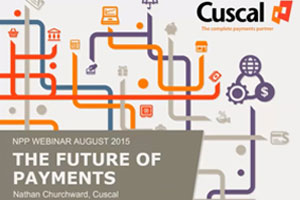
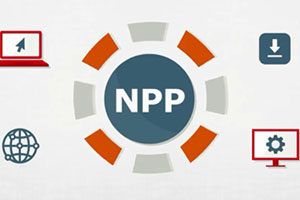



 The
The 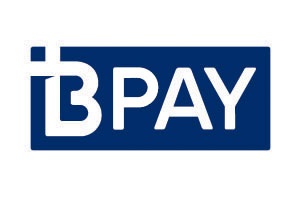
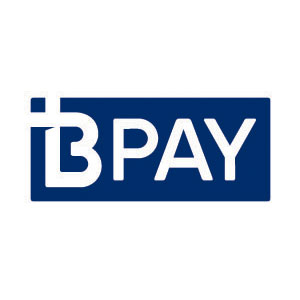 As we race towards the launch of the
As we race towards the launch of the 